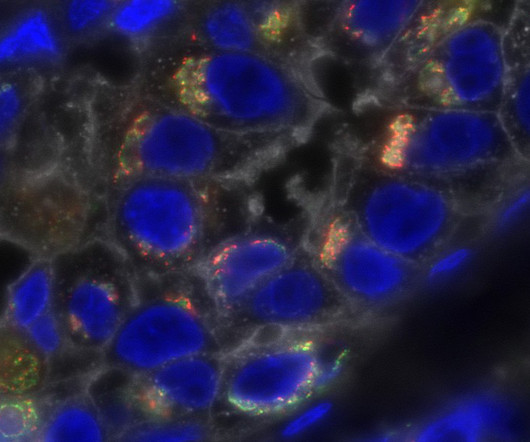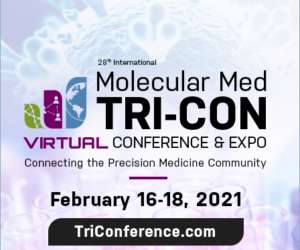Ligustrazine improves the compensative effect of Akt survival signaling to protect liver Kupffer cells in trauma?hemorrhagic shock rats
Chemical Biology and Drug Design
AUGUST 23, 2023
We hypothesized that ligustrazine could protect liver by decreasing the inflammation response, protein production, and apoptosis in THS rats. The protein expressions were detected via western blot. Ligustrazine at doses of 100 and 1000 μg/mL was administrated in Kupffer cells isolated from THS rats.











Let's personalize your content